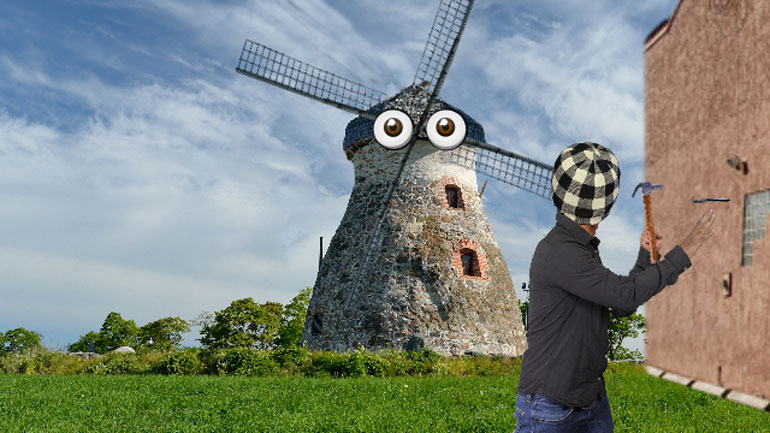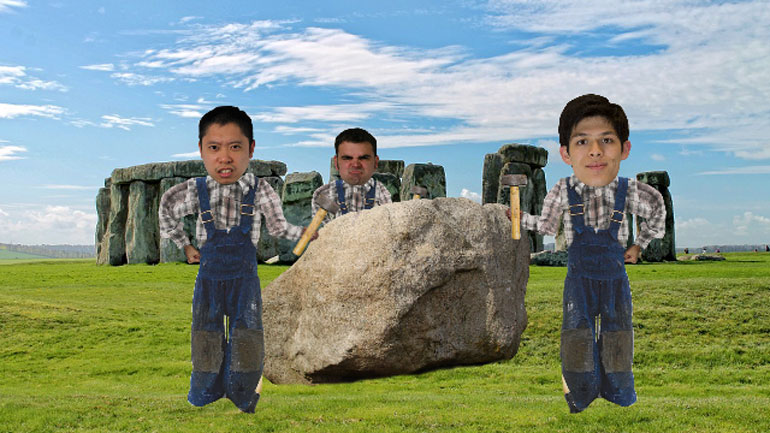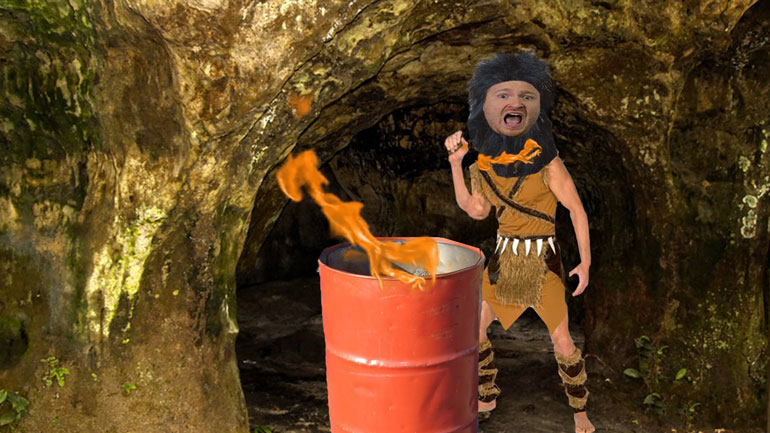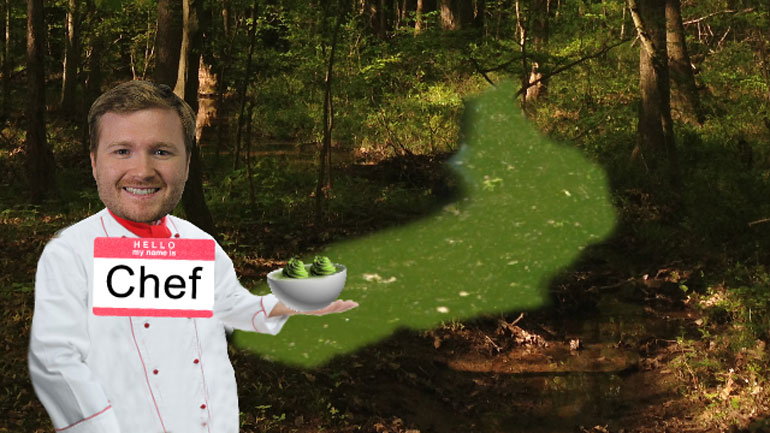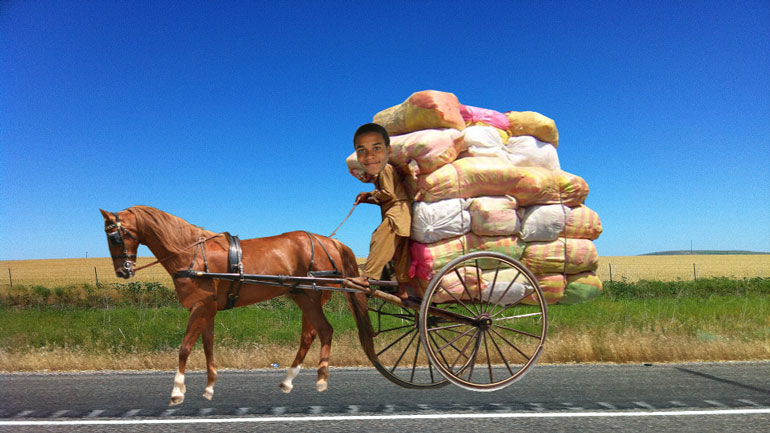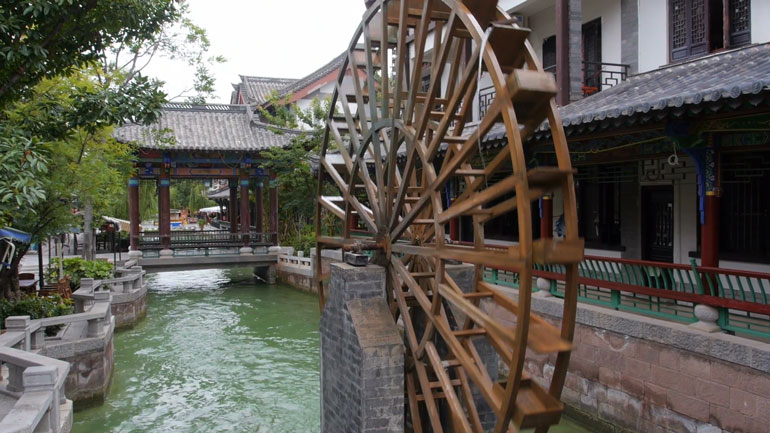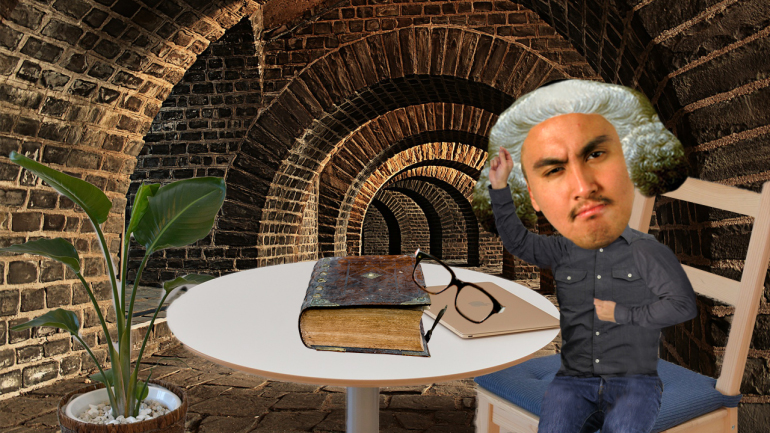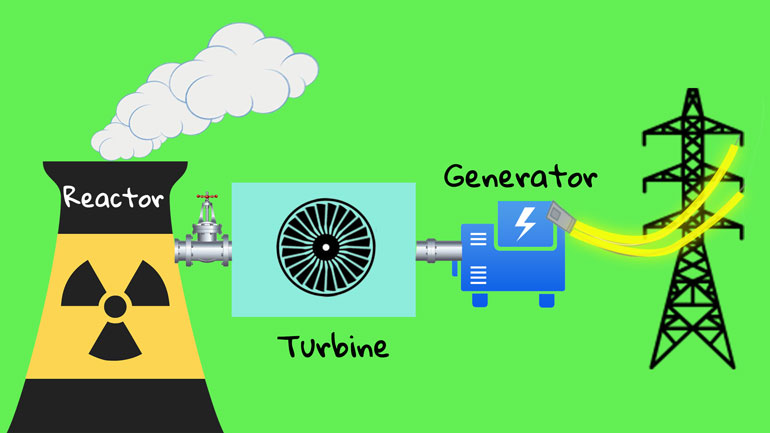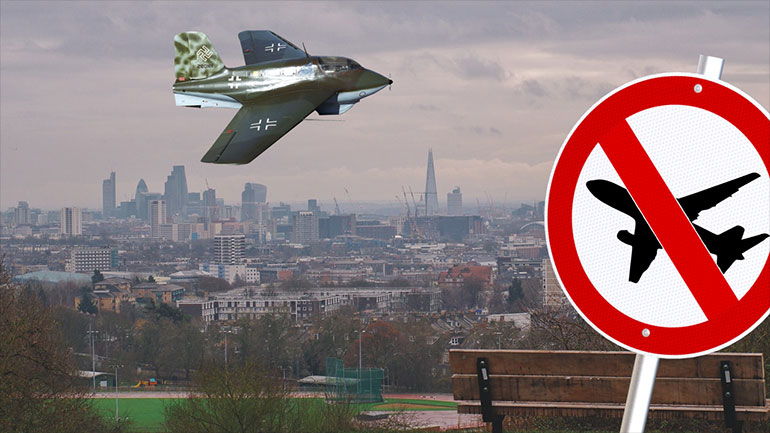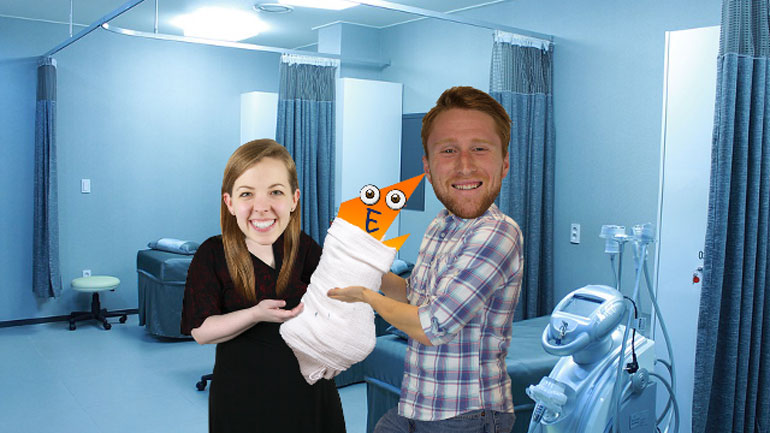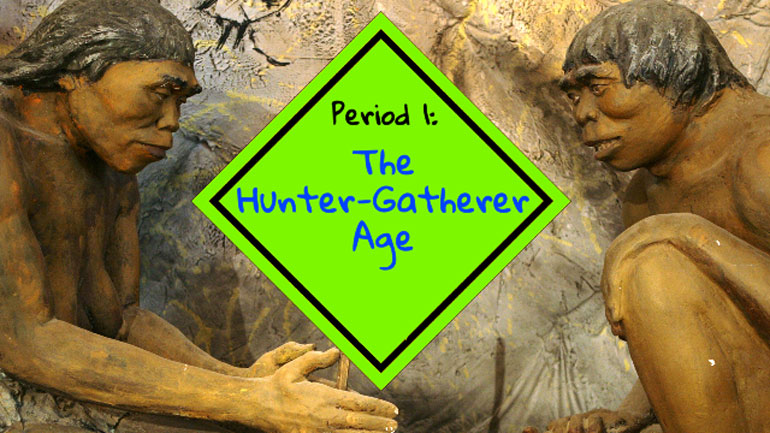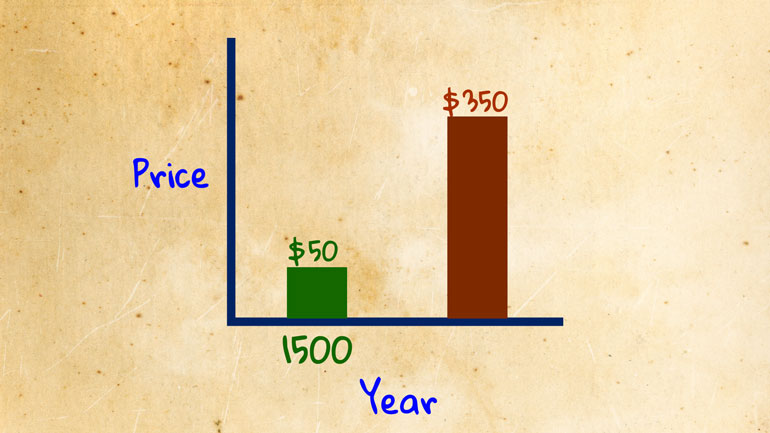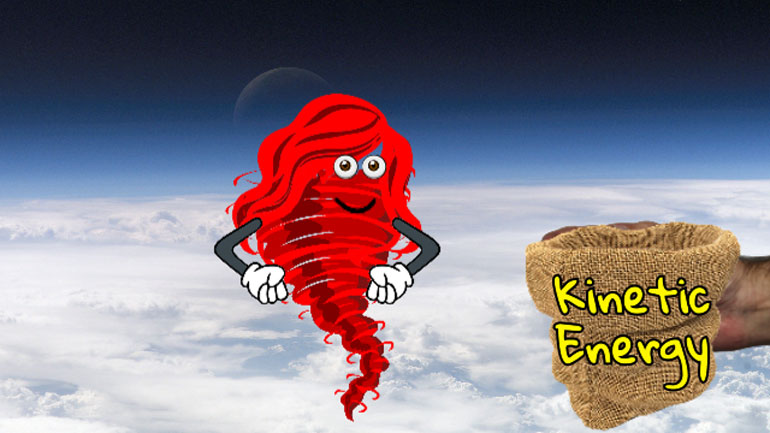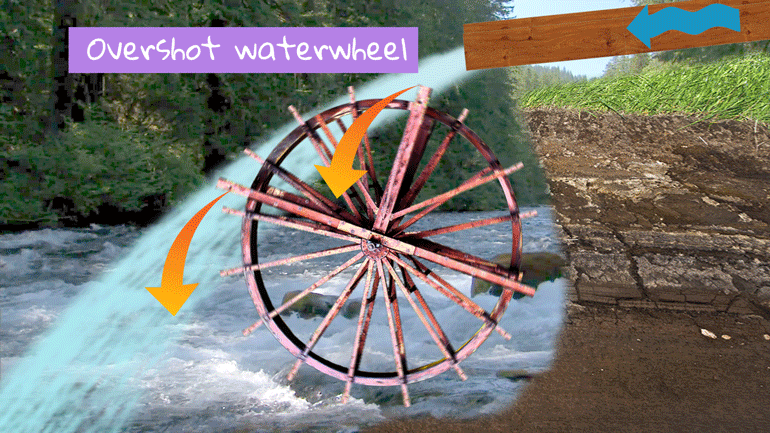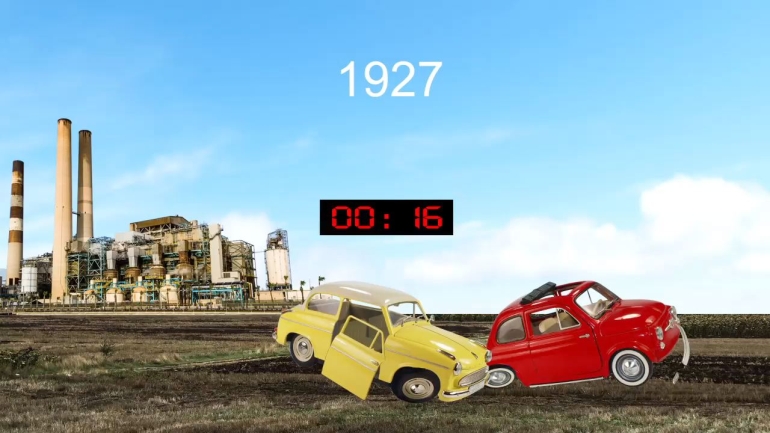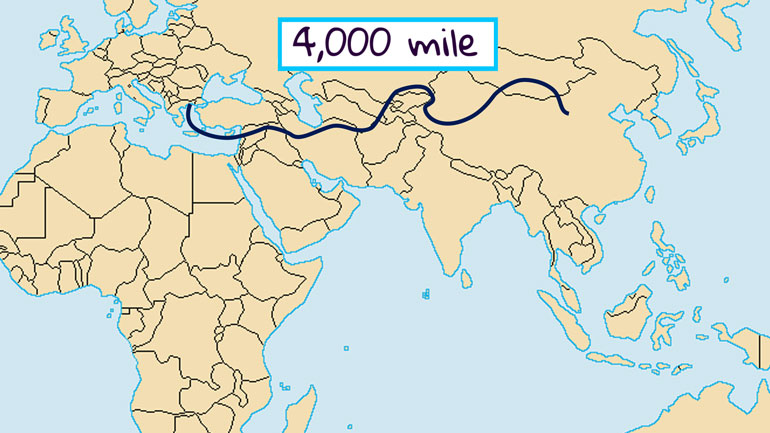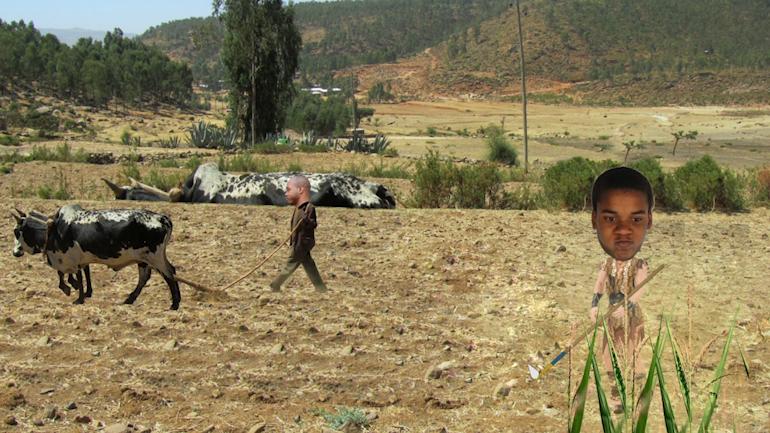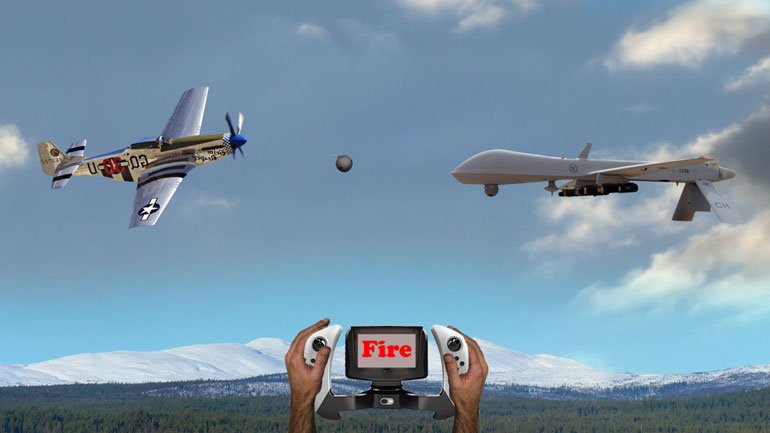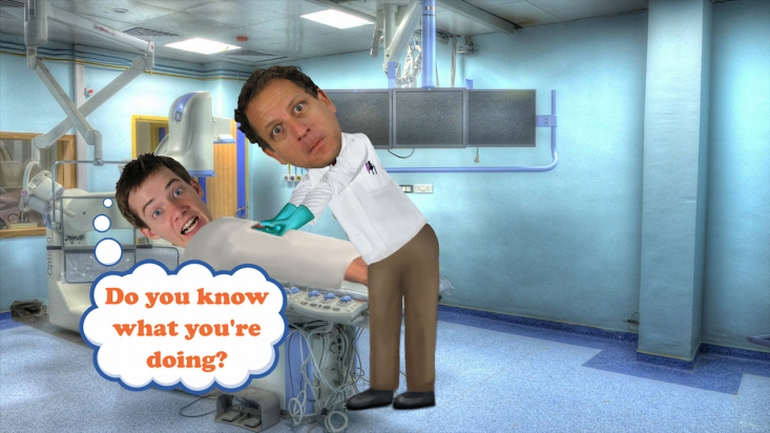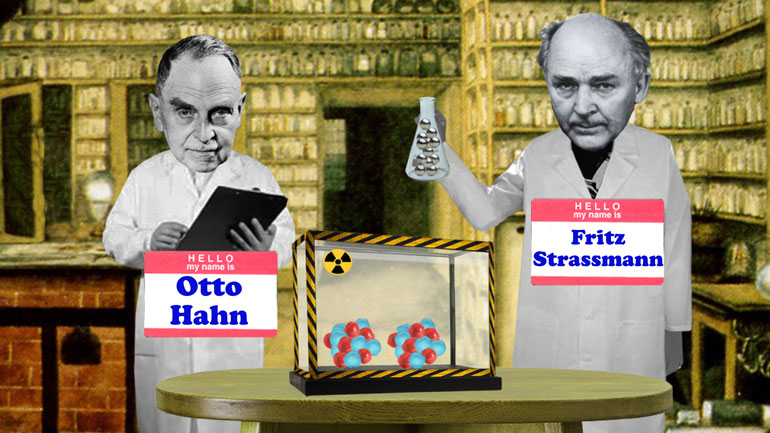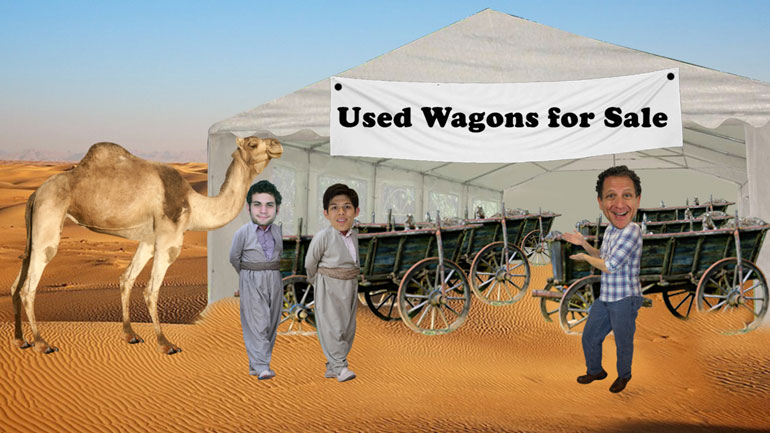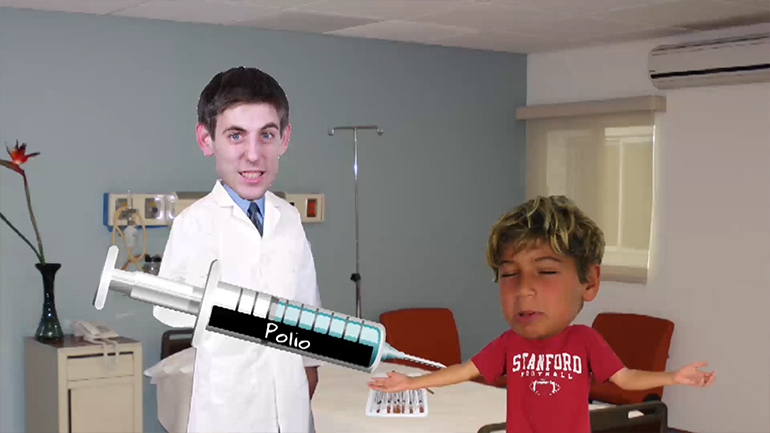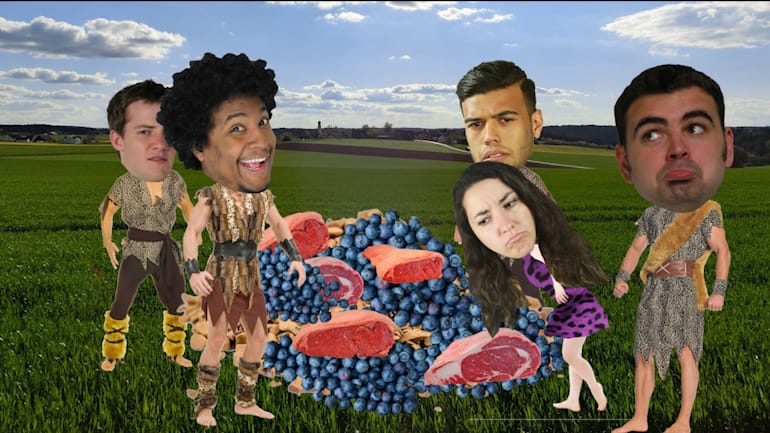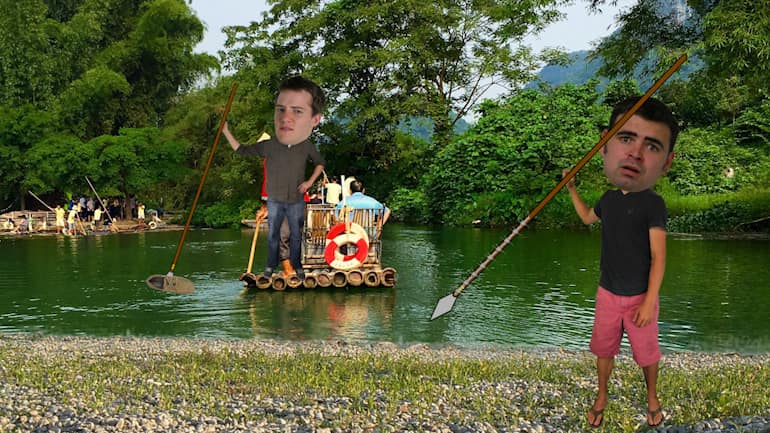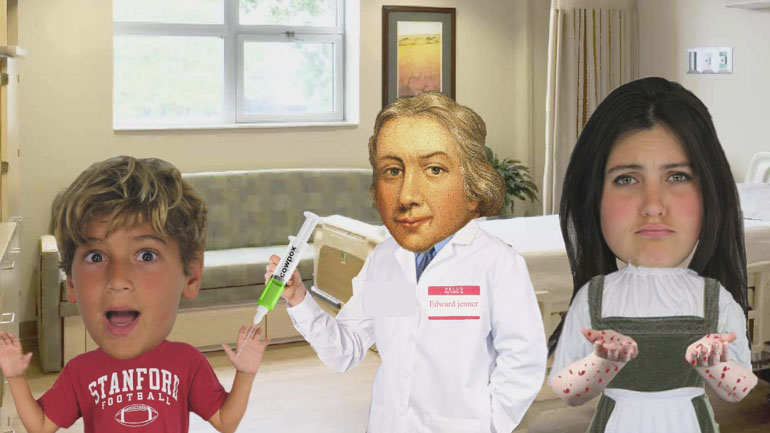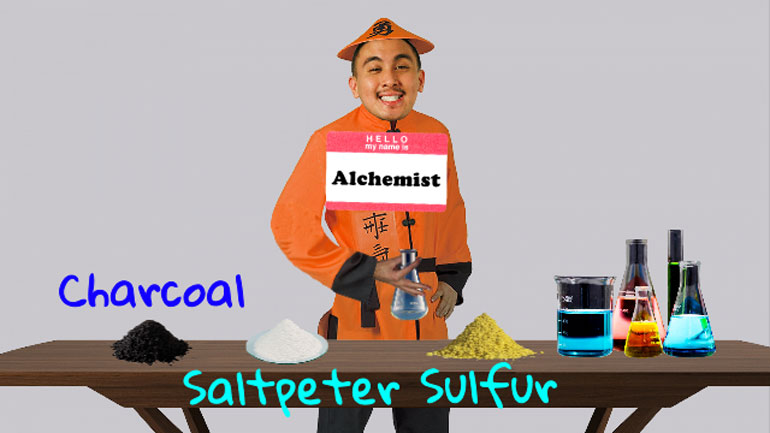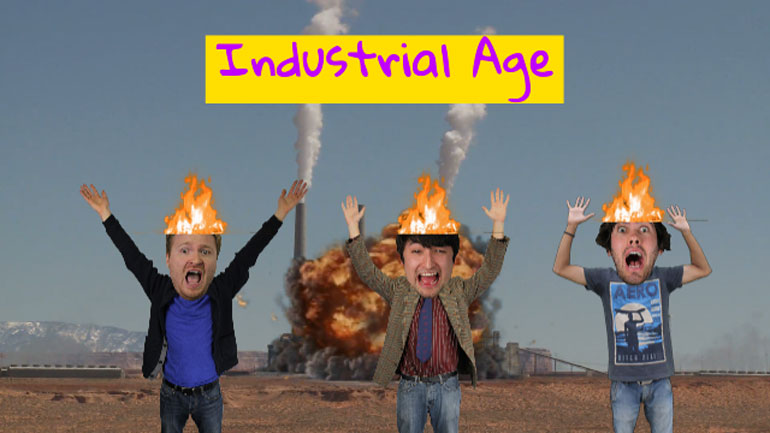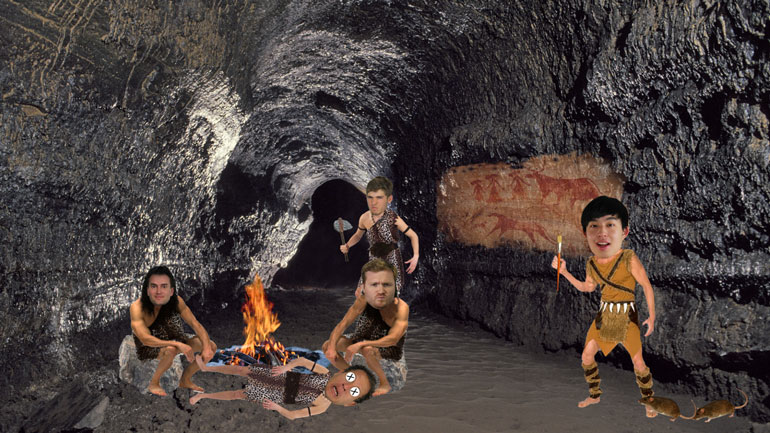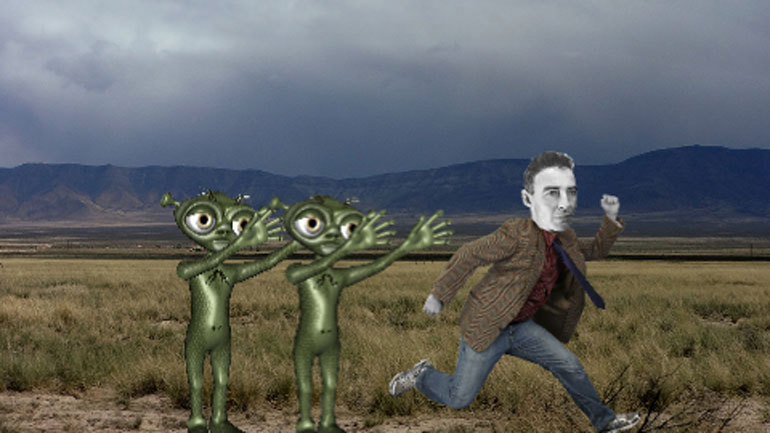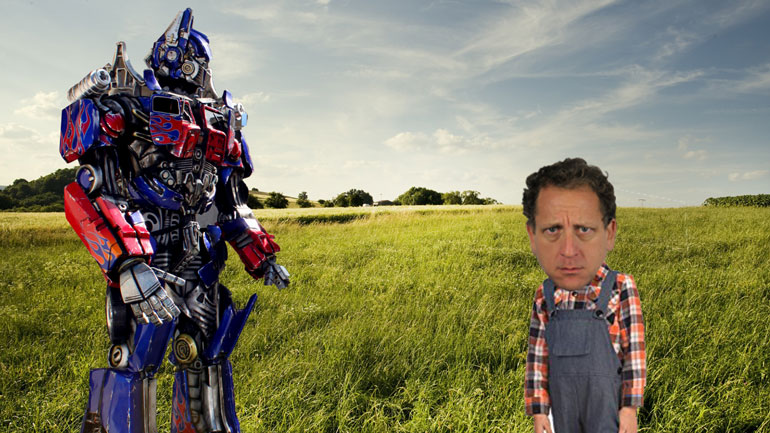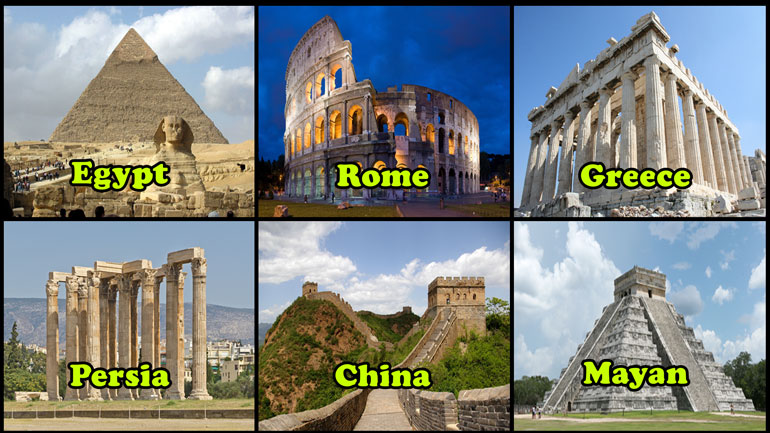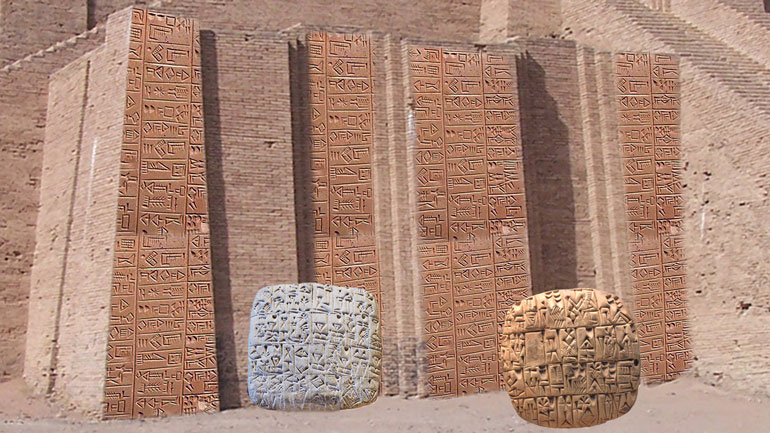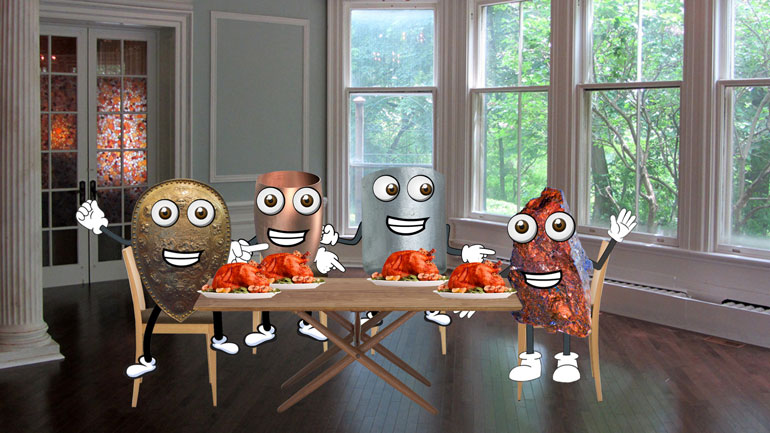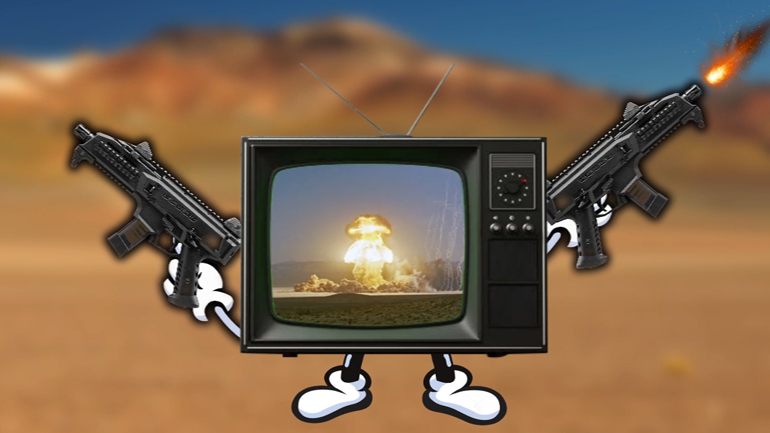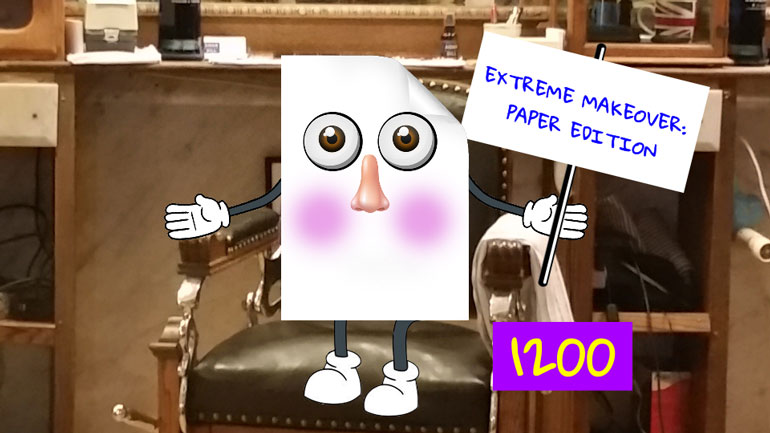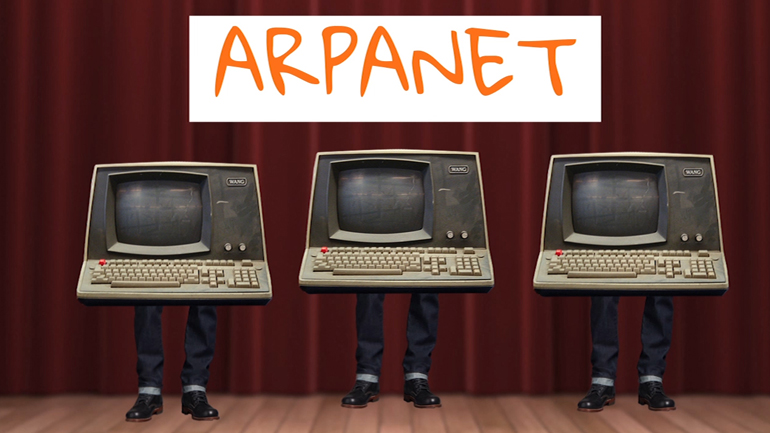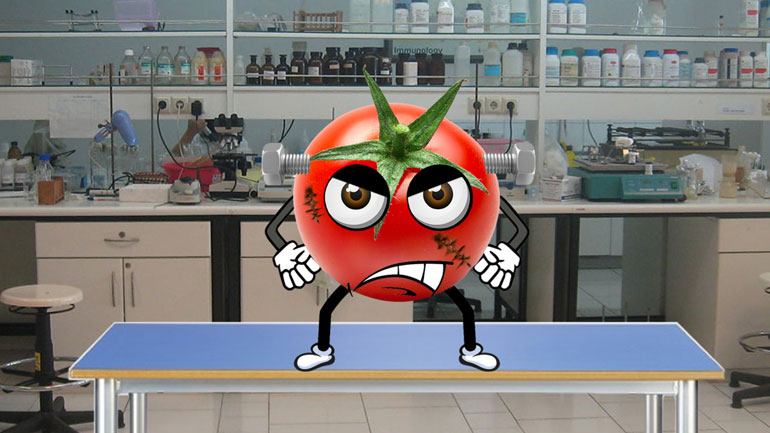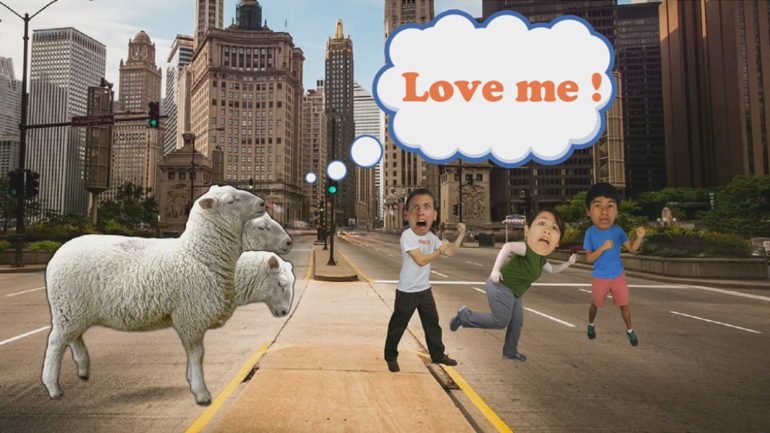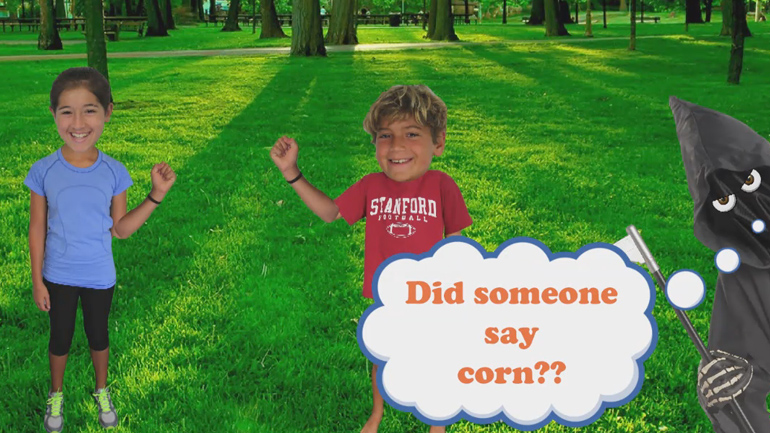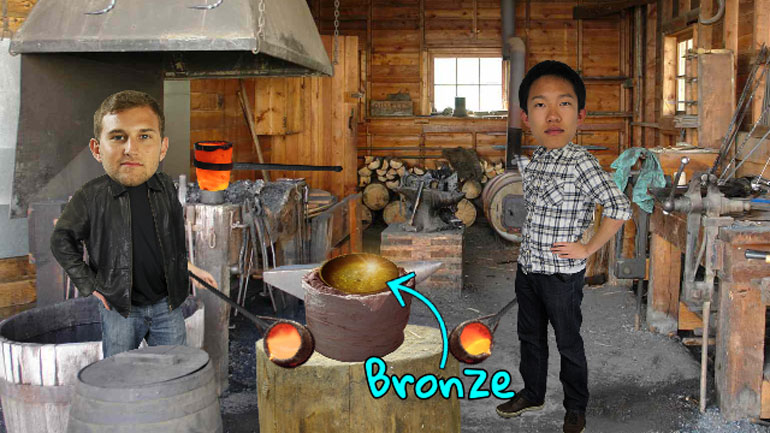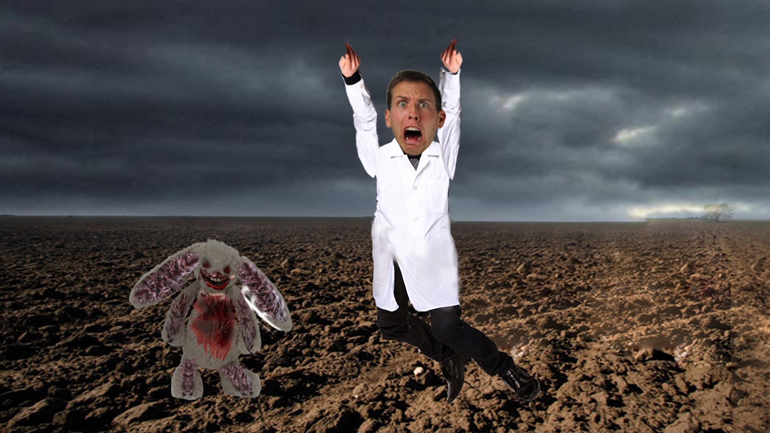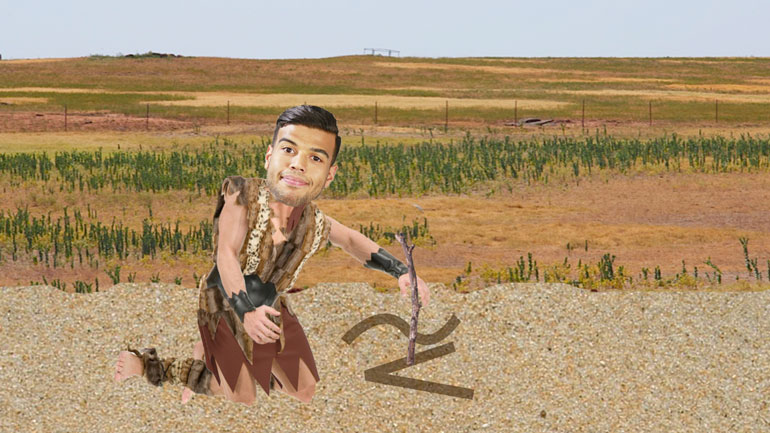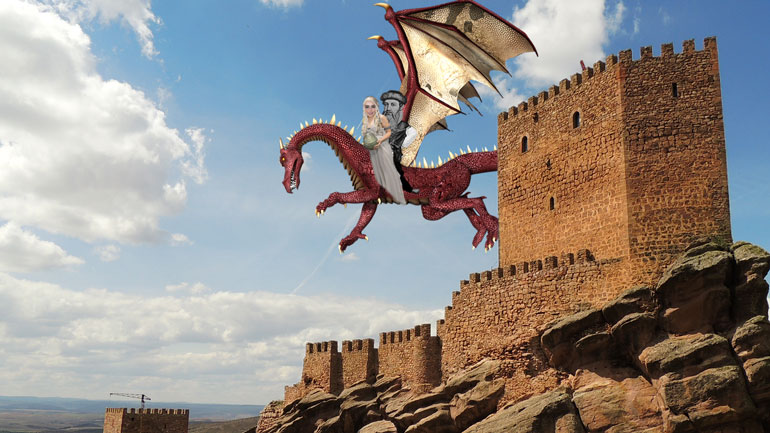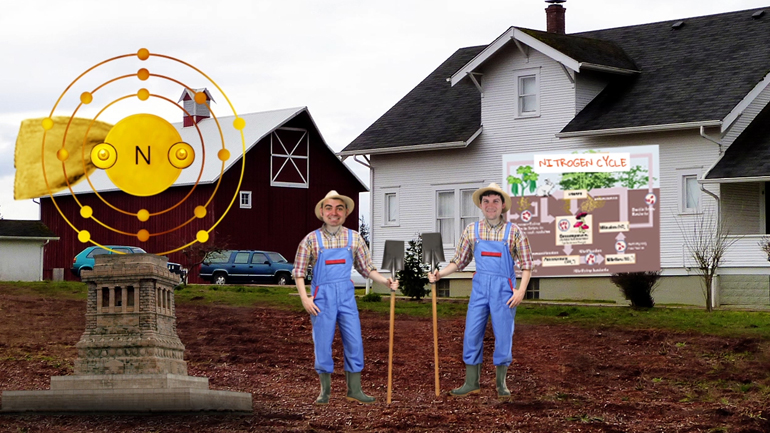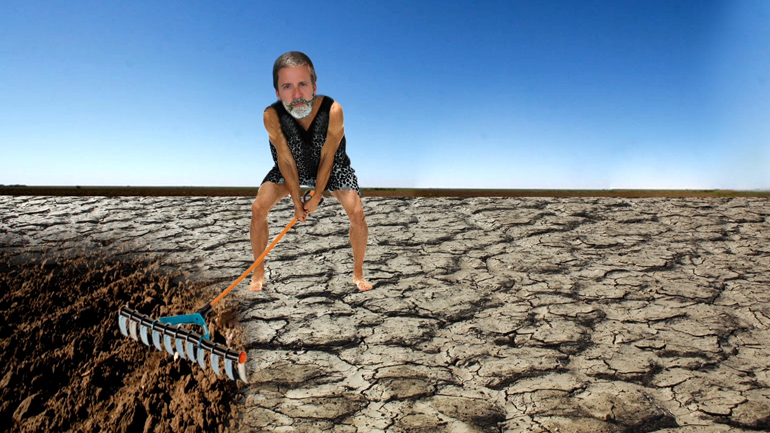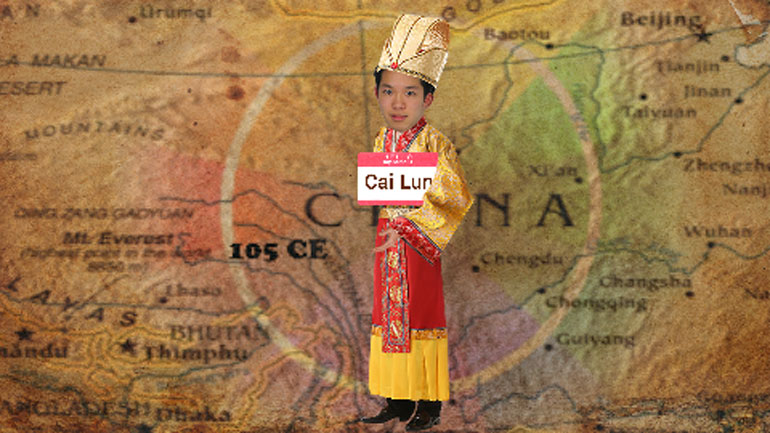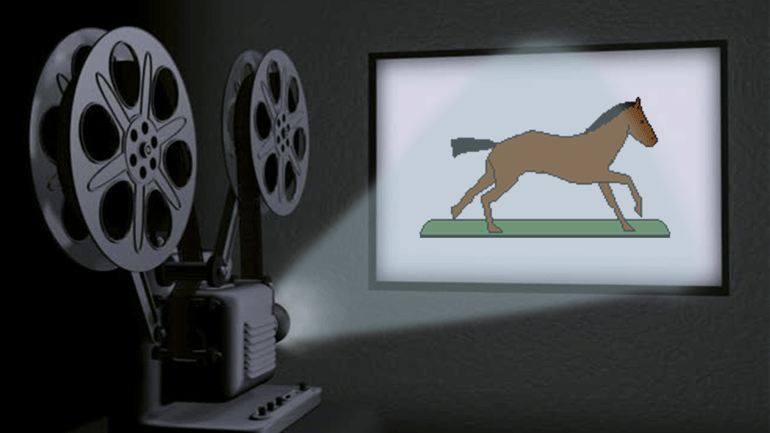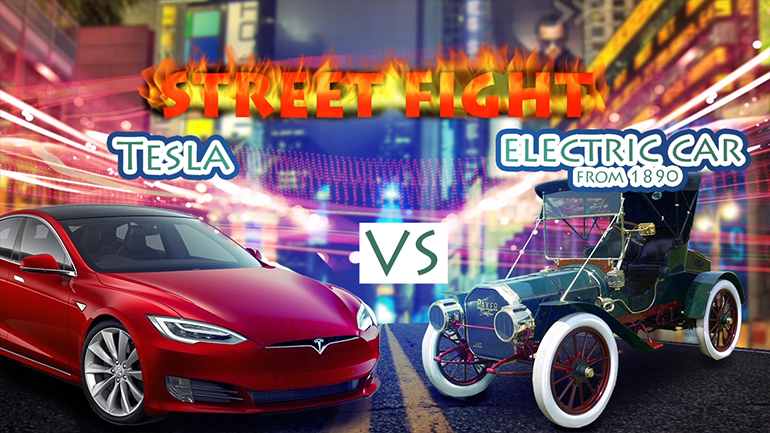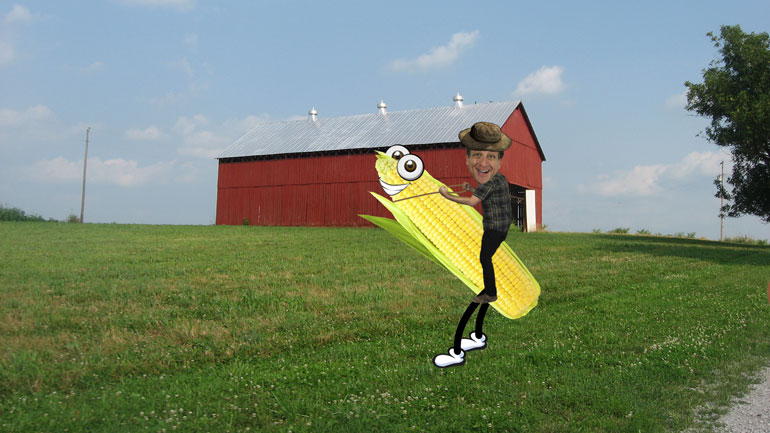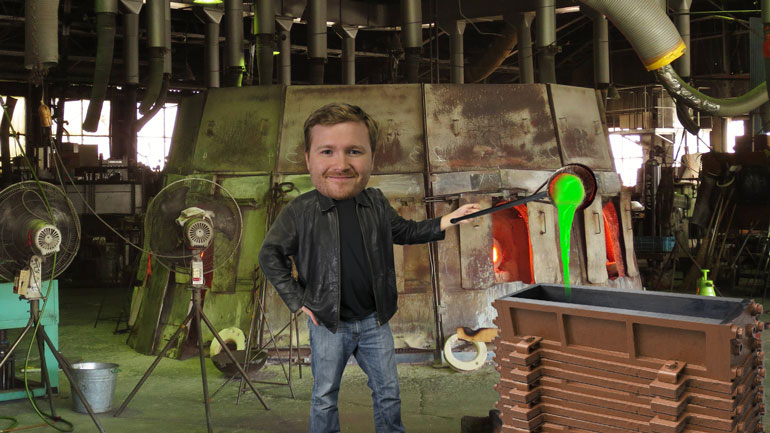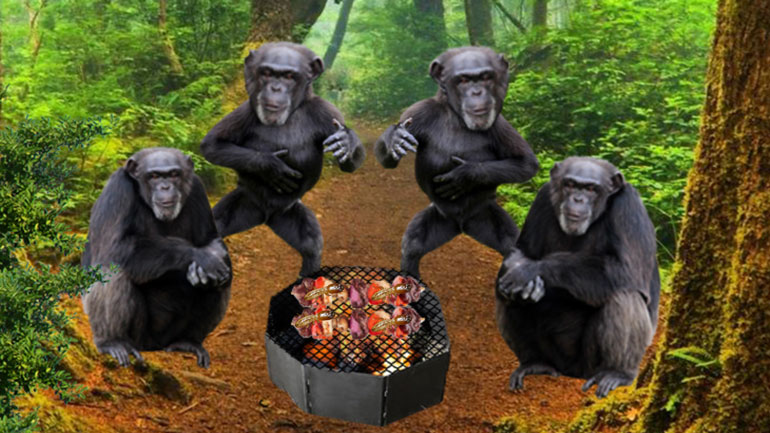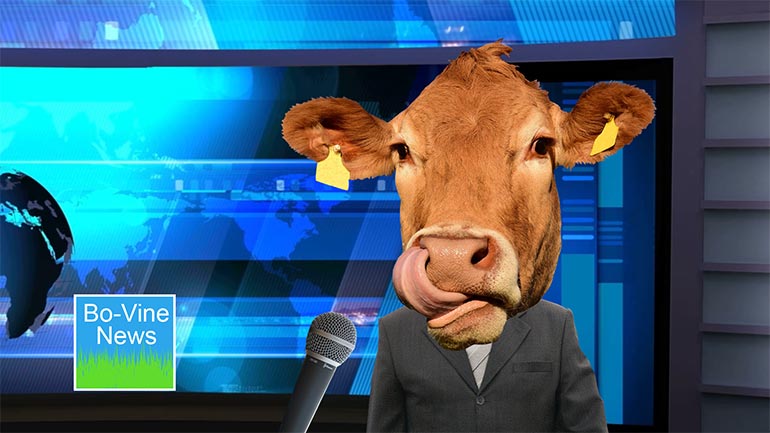ShmoopTube
Where Monty Python meets your 10th grade teacher.
Search Thousands of Shmoop Videos
History of Technology Videos 160 videos
What's the deal with wind? And why does it have to be so...windy?
How did people move stuff around before the wheel was invented? More importantly, why didn't they take a break for a few minutes from moving stuff...
History of Technology 3: The Green Revolution 12 Views
Share It!
Description:
Today, we're tackling the Green Revolution. We hope you didn't wear white clothes...that'll be a tough stain to get out.
Transcript
- 00:00
Shmoop! Agriculture, well between 1960 and 1980 the world's green
- 00:06
production almost doubled. So what happened? [Screams and people running] How did we go from "oh no
- 00:11
agricultural productivity has limits whatever shall we do" to shoot
- 00:18
"we sure are glad there aren't any limits to agriculture let's eat a million
- 00:22
potatoes to celebrate." Yeah well a little something on the green revolution happened little John Wayne and
Full Transcript
- 00:29
[colonial man on farm] no that doesn't refer to the vegetable
- 00:33
revolutionaries taking over the world. Are there vegetable revolutionaries? Oh we
- 00:38
digress. Well the Green Revolution referred to a
- 00:41
bunch of technological and ideological changes between 1940 and 1970 that increased
- 00:45
agricultural productivity by leaps and bounds which is cool but definitely not
- 00:50
[guy riding corncob in grass field] as cool as an army of vegetable revolutionaries riding giant ears of
- 00:54
corn into battle. Don't tell us that's impossible. Anyway
- 00:58
some industrialized countries developed new farming technologies and decided to
- 01:02
spread them around the world. They did it partly because they were worried about
- 01:06
world's hunger and partly because they were terrified that hungry people would
- 01:10
turn to communism. Which is almost as scary as a hunger.
- 01:15
[Airplane flying over green house] Well the Green Revolution was super successful the whole world transition
- 01:19
toward more industrial agriculture and global yields or the amount of food per
- 01:24
acre went way way up. Why? Because things like pesticides, higher yielding kinds of
- 01:30
crops, large-scale irrigation and herbicides made fields more productive [plane spraying crops]
- 01:36
than ever before. Except there's one tiny little hitch or several hitches. It was
- 01:41
actually hitch city. First that's pesticides and herbicides are dangerous and it
- 01:46
turns out that putting chemical poisons on our food can have some really bad side [snow white eating poison apple]
- 01:50
effects. Wow, big shocker yeah. Second native crops disappeared, new high
- 01:57
yielding crops were all the rage so cool native varieties started to go the way
- 02:01
of the dodo bird. Finally farming use to be free and well it
- 02:06
wasn't entirely free but most farmers around the world had very limited tools
- 02:09
and they saved seed from their crops each year to plant in the spring. [Man spreading seeds in field]
- 02:13
Well in industrial agriculture farmers have to buy pesticides, herbicides, seeds and
- 02:18
machines. Small farmers ended up deeply in debt. Plus higher yields cause
- 02:23
the price of food to drop those small farmers couldn't always remake the money
- 02:28
they'd spent. Well on the bright side they had a nice big empty space to cry
- 02:33
on. But one of the first big movers and shakers of the Green Revolution was a
- 02:38
guy named Fritz Haber, he was a genius chemist who realized that we could bust
- 02:43
up the nitrogen carbon in the air by putting it in a tank and subjecting it
- 02:48
to a lot of heat and pressure. Well to be fair you can bust up any party that way.
- 02:52
Then we add hydrogen into the mix and eventually the molecular bonds pop. The
- 02:58
nitrogen and hydrogen bond together and we get a trickle of ammonia.
- 03:03
[scientist in lab] Well ammonia is super toxic but it can be broken down and used for anything and all
- 03:08
of our nitrogen needs. It can even be made into fertilizer. But with that the
- 03:13
world's nitrogen problems were basically over. While farmers no longer had to
- 03:17
worry about exhausting the nitrogen in their soil they could just replant same
- 03:21
crop year after year crammed with nitrogen and always good. Well they could
- 03:25
also plant crops in poor quality soil that had never been farmed before,
- 03:29
because all they had to do was toss the nitrogen at it and well something grew.[plants growing in dirt field next to father and son]
- 03:35
Well the Haber process was cheap and effective and a good long-term solution
- 03:39
since we are never going to run out of air. If we run out of air
- 03:44
we got bigger problems on our hands. We got to call Elon Musk and get a ride to Mars or something. [man coughing and passing out]
Related Videos
GED Social Studies 1.1 Civics and Government
When you're about to marry the love of your life, not many things could stop you. However, finding out that your future hubby is keeping his crazy...
Here at Shmoop, we work for kids, not just the bottom line. Founded by David Siminoff and his wife Ellen Siminoff, Shmoop was originally conceived...
ACT Math: Elementary Algebra Drill 4, Problem 5. What is the solution to the problem shown?
